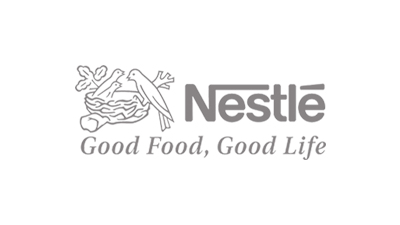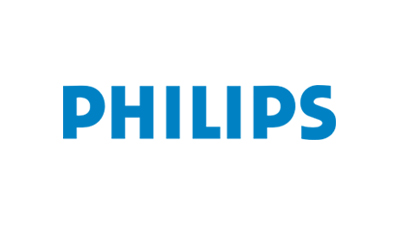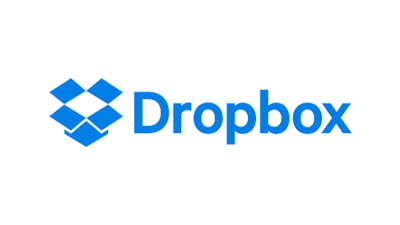Janus kinase inhibitors, also known as JAK inhibitors or jakinibs, are a type of medication that functions by inhibiting the activity of one or more of the Janus kinase family of enzymes (JAK1, JAK2, JAK3, TYK2), thereby interfering with the JAK-STAT signaling pathway. These inhibitors have therapeutic application in the treatment of cancer and inflammatory diseases such as rheumatoid arthritis. There is interest in their use for various skin conditions. JAK3 inhibitors are attractive as a possible treatment of various autoimmune diseases since its functions is mainly restricted to lymphocytes. Development for a selective JAK3 inhibitors are ongoing. In the report, we only count drugs for human beings. And the 1 unit is 1 tablet. According to our (Global Info Research) latest study, the global Tyrosine Kinase JAK Inhibitors market size was valued at USD 31360 million in 2022 and is forecast to a readjusted size of USD 497670 million by 2029 with a CAGR of 48.4% during review period. The influence of COVID-19 and the Russia-Ukraine War were considered while estimating market sizes. The classification of Tyrosine Kinase JAK Inhibitors includes Tofacitinib, Ruxolitinib and Baricitinib, and the proportion of Ruxolitinib is about 56%. Tyrosine Kinase JAK Inhibitors is widely used in Rheumatoid Arthritis (RA), Polycythemia Vera (PCV) and Myelofibrosis (MF). The most proportion of Tyrosine Kinase JAK Inhibitors is for Rheumatoid Arthritis (RA), and the proportion is about 37%. North America is the largest consumption place, with a consumption market share nearly 56%. Following North America, Europe is the second largest consumption place with the consumption market share of 39%. Market competition is intense. Pfizer, Incyte, Novartis, Eli Lilly are the leaders of the industry. Pfizer is the leader of this industry with about 42% market sharers. This report is a detailed and comprehensive analysis for global Tyrosine Kinase JAK Inhibitors market. Both quantitative and qualitative analyses are presented by manufacturers, by region & country, by Type and by Application. As the market is constantly changing, this report explores the competition, supply and demand trends, as well as key factors that contribute to its changing demands across many markets. Company profiles and product examples of selected competitors, along with market share estimates of some of the selected leaders for the year 2023, are provided. Key Features: Global Tyrosine Kinase JAK Inhibitors market size and forecasts, in consumption value ($ Million), sales quantity (K Units), and average selling prices (USD/Unit), 2018-2029 Global Tyrosine Kinase JAK Inhibitors market size and forecasts by region and country, in consumption value ($ Million), sales quantity (K Units), and average selling prices (USD/Unit), 2018-2029 Global Tyrosine Kinase JAK Inhibitors market size and forecasts, by Type and by Application, in consumption value ($ Million), sales quantity (K Units), and average selling prices (USD/Unit), 2018-2029 Global Tyrosine Kinase JAK Inhibitors market shares of main players, shipments in revenue ($ Million), sales quantity (K Units), and ASP (USD/Unit), 2018-2023 The Primary Objectives in This Report Are: To determine the size of the total market opportunity of global and key countries To assess the growth potential for Tyrosine Kinase JAK Inhibitors To forecast future growth in each product and end-use market To assess competitive factors affecting the marketplace This report profiles key players in the global Tyrosine Kinase JAK Inhibitors market based on the following parameters - company overview, production, value, price, gross margin, product portfolio, geographical presence, and key developments. Key companies covered as a part of this study include Pfizer, Incyte, Novartis, Eli Lilly and Gilead, etc. This report also provides key insights about market drivers, restraints, opportunities, new product launches or approvals, COVID-19 and Russia-Ukraine War Influence. Market Segmentation Tyrosine Kinase JAK Inhibitors market is split by Type and by Application. For the period 2018-2029, the growth among segments provides accurate calculations and forecasts for consumption value by Type, and by Application in terms of volume and value. This analysis can help you expand your business by targeting qualified niche markets. Market segment by Type Tofacitinib Ruxolitinib Baricitinib Market segment by Application Rheumatoid Arthritis (RA) Polycythemia Vera (PCV) Myelofibrosis (MF) Others Major players covered Pfizer Incyte Novartis Eli Lilly Gilead Sanofi Galapagos AbbVie Vertex Teva Astellas Pharma Celgene CTI BioPharma Market segment by region, regional analysis covers North America (United States, Canada and Mexico) Europe (Germany, France, United Kingdom, Russia, Italy, and Rest of Europe) Asia-Pacific (China, Japan, Korea, India, Southeast Asia, and Australia) South America (Brazil, Argentina, Colombia, and Rest of South America) Middle East & Africa (Saudi Arabia, UAE, Egypt, South Africa, and Rest of Middle East & Africa) The content of the study subjects, includes a total of 15 chapters: Chapter 1, to describe Tyrosine Kinase JAK Inhibitors product scope, market overview, market estimation caveats and base year. Chapter 2, to profile the top manufacturers of Tyrosine Kinase JAK Inhibitors, with price, sales, revenue and global market share of Tyrosine Kinase JAK Inhibitors from 2018 to 2023. Chapter 3, the Tyrosine Kinase JAK Inhibitors competitive situation, sales quantity, revenue and global market share of top manufacturers are analyzed emphatically by landscape contrast. Chapter 4, the Tyrosine Kinase JAK Inhibitors breakdown data are shown at the regional level, to show the sales quantity, consumption value and growth by regions, from 2018 to 2029. Chapter 5 and 6, to segment the sales by Type and application, with sales market share and growth rate by type, application, from 2018 to 2029. Chapter 7, 8, 9, 10 and 11, to break the sales data at the country level, with sales quantity, consumption value and market share for key countries in the world, from 2017 to 2022.and Tyrosine Kinase JAK Inhibitors market forecast, by regions, type and application, with sales and revenue, from 2024 to 2029. Chapter 12, market dynamics, drivers, restraints, trends, Porters Five Forces analysis, and Influence of COVID-19 and Russia-Ukraine War. Chapter 13, the key raw materials and key suppliers, and industry chain of Tyrosine Kinase JAK Inhibitors. Chapter 14 and 15, to describe Tyrosine Kinase JAK Inhibitors sales channel, distributors, customers, research findings and conclusion.
1 Market Overview 1.1 Product Overview and Scope of Tyrosine Kinase JAK Inhibitors 1.2 Market Estimation Caveats and Base Year 1.3 Market Analysis by Type 1.3.1 Overview: Global Tyrosine Kinase JAK Inhibitors Consumption Value by Type: 2018 Versus 2022 Versus 2029 1.3.2 Tofacitinib 1.3.3 Ruxolitinib 1.3.4 Baricitinib 1.4 Market Analysis by Applicatio









